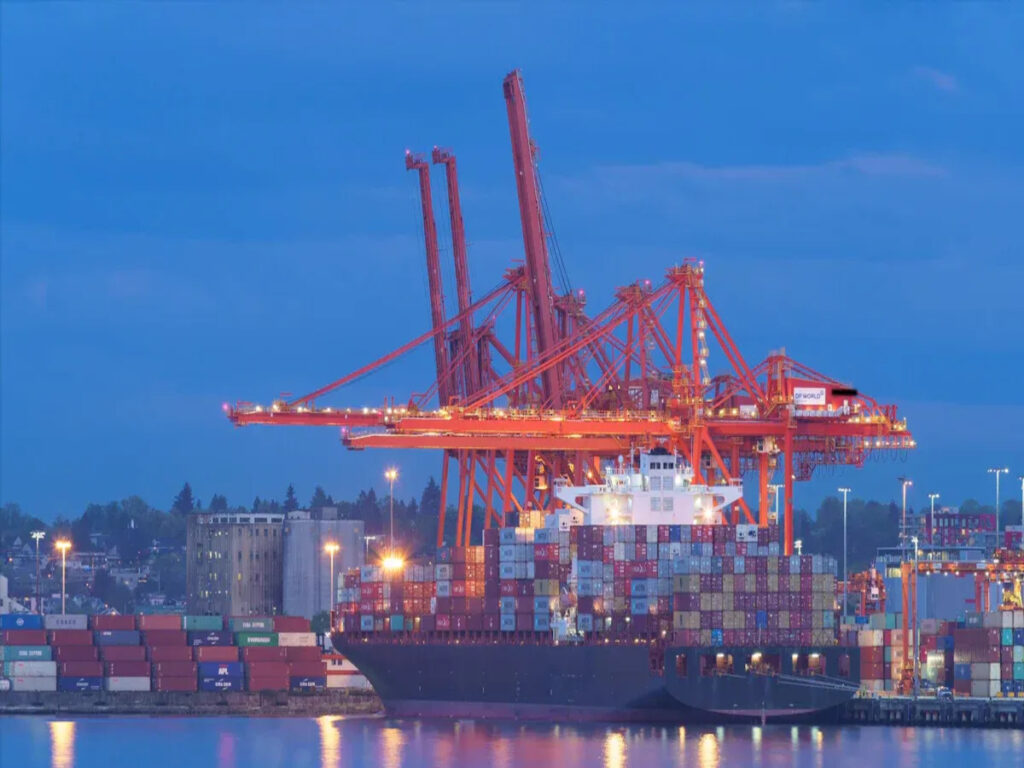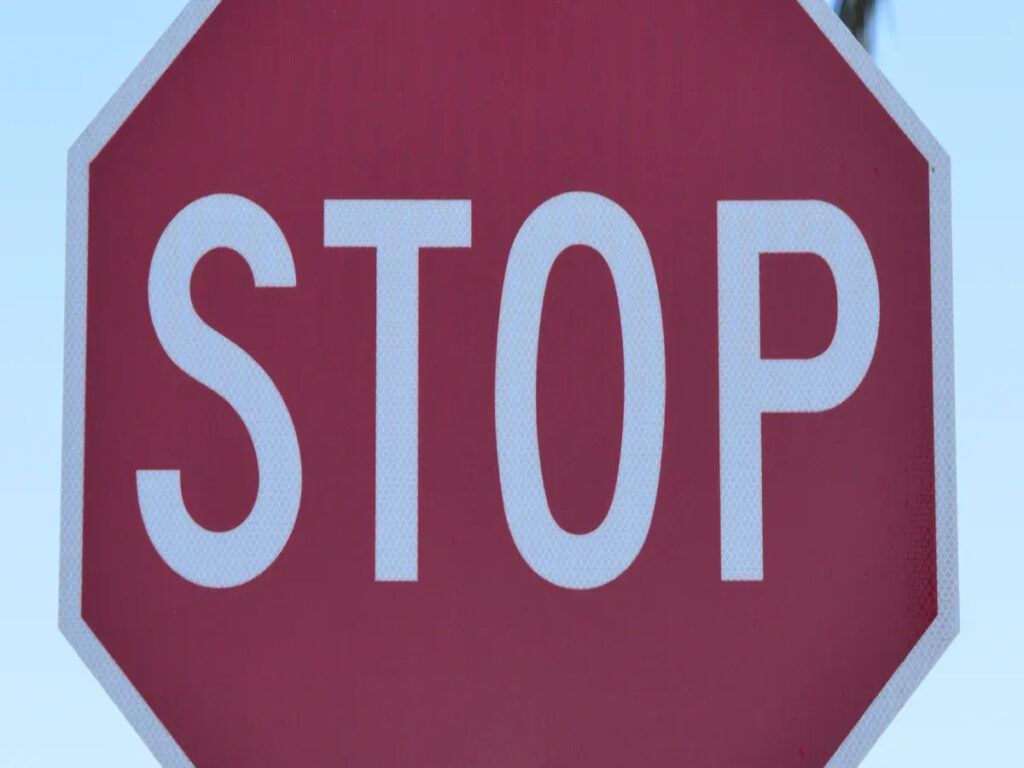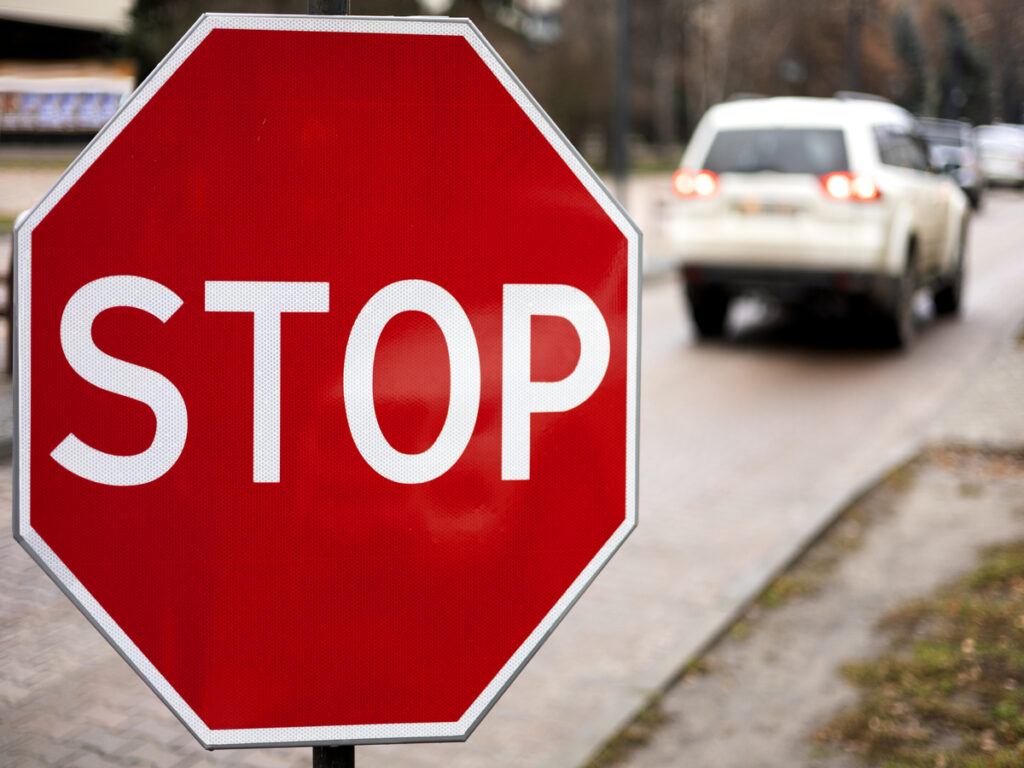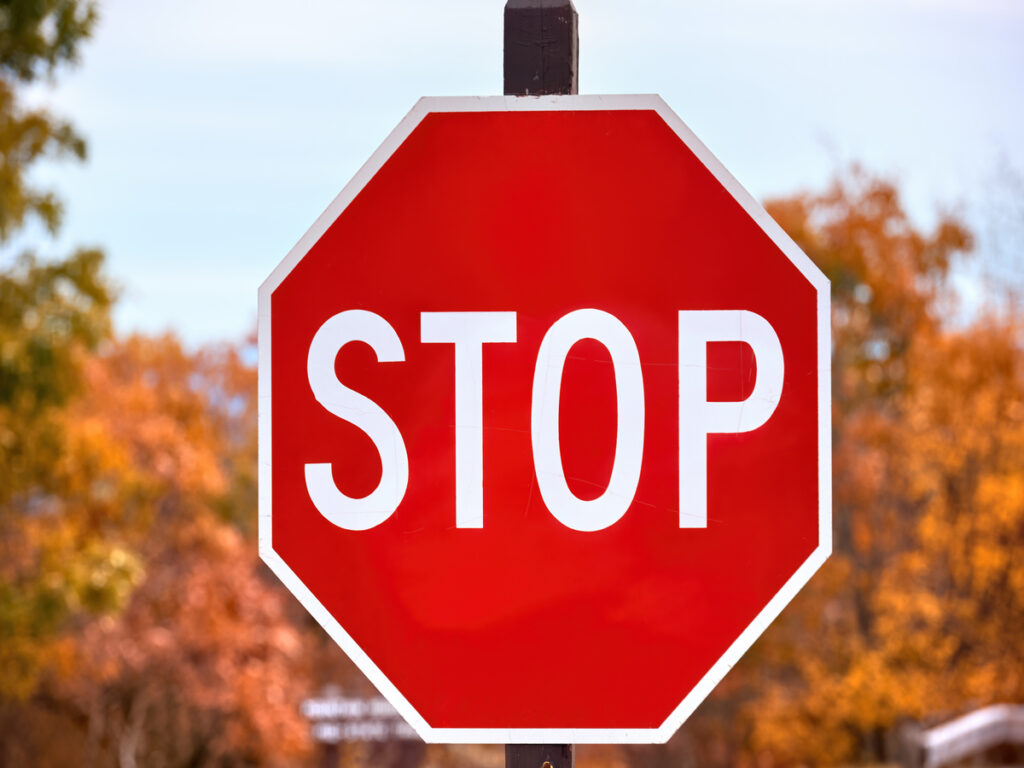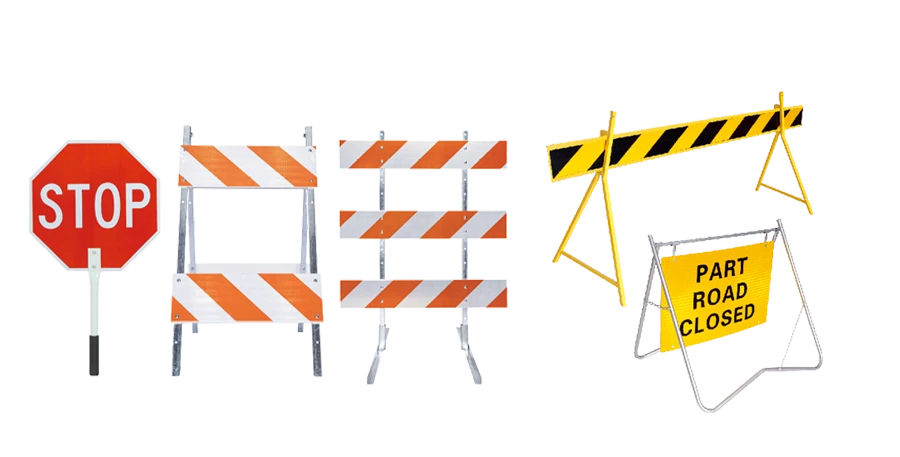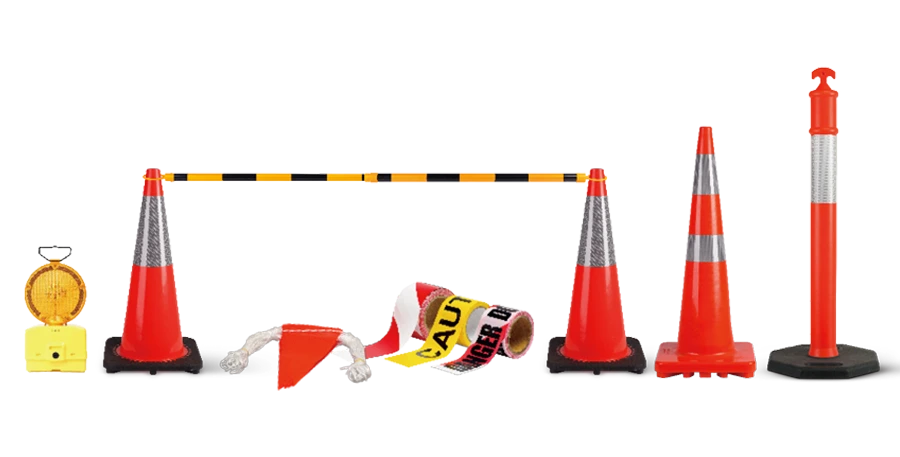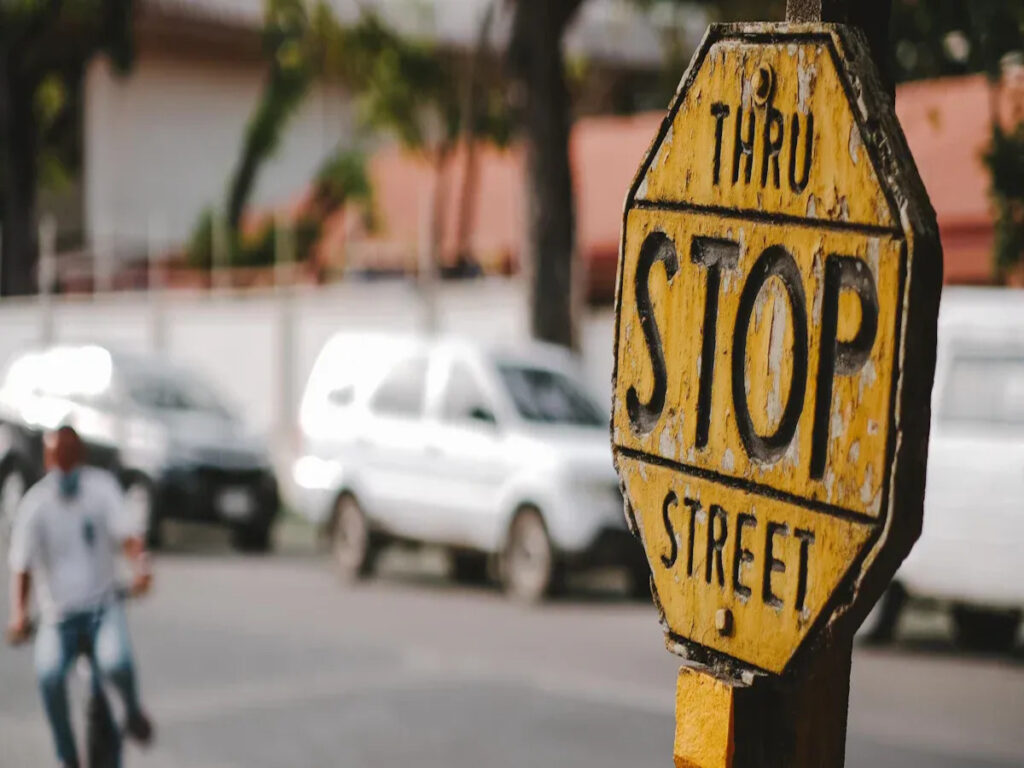
Imagine driving in a neighborhood with many traffic stop signs. You stop again and again, barely moving forward. You might wonder if these traffic stop signs help or make things worse. Using too many traffic stop signs can cause problems for you and your community. Studies show traffic stop signs work best where experts say they should go. Drivers slow down and follow rules more in those places. But too many traffic stop signs in the wrong spots can have the opposite effect.
That’s why traffic stop signs must be placed based on real needs, not guesswork. At OPTRAFFIC, we offer traffic signs for sale that meet strict Australian Standards, along with expert advice on proper placement to ensure safety and smooth traffic flow.
Purpose of Traffic Stop Signs
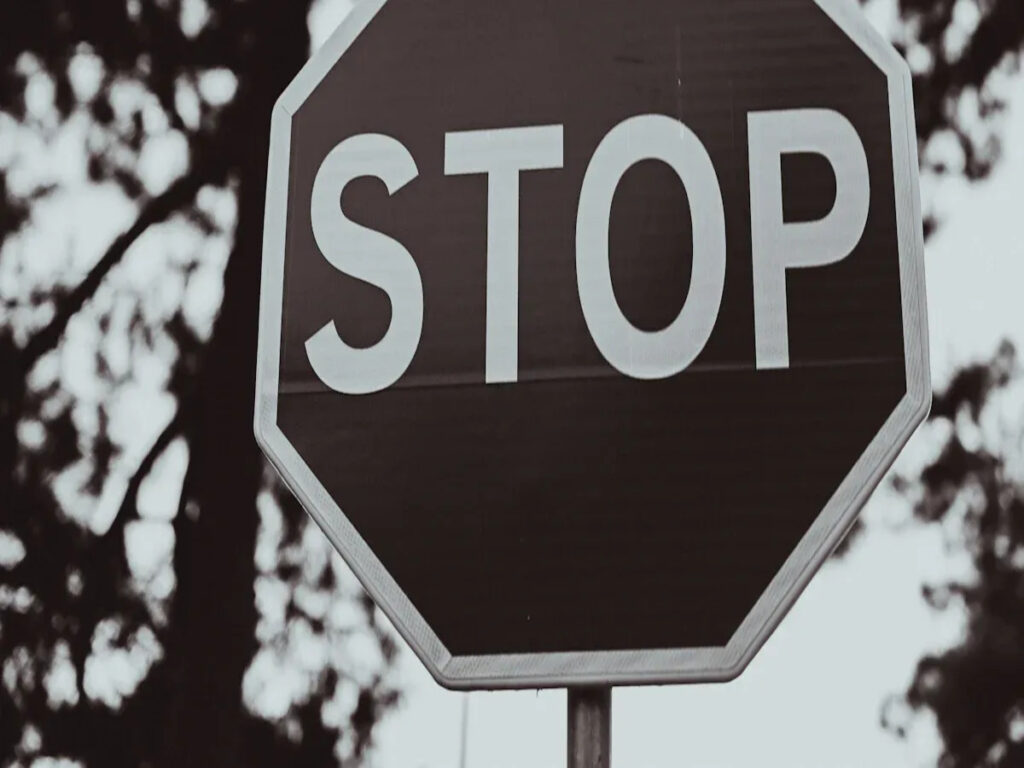
Safety and Control
Traffic stop signs are at intersections to keep people safe. These traffic safety signs tell drivers when to stop and who goes next. Stopping at a sign lets you look for cars, bikes, or people. This helps you avoid crashes and keeps everyone safe.
Did you know? Studies found that brighter stop signs lower crash numbers. Sioux City had 38% fewer crashes after making stop signs easier to see. Other studies showed that more stop signs at busy places cut pedestrian crashes by 25%. This shows stop signs work best when drivers can see them and expect them.
Following stop signs helps traffic move in order. Slower speeds near intersections make things safer for all. When drivers know where to stop, they make fewer mistakes and avoid danger.
- Crash numbers go down when stop signs are in the right spots.
- Bright signs help drivers see better at night or in bad weather.
- Slower speeds near intersections keep walkers and bikers safer.
When They Work Best
Traffic stop signs work best at risky intersections. These are places with poor views, crash history, or unclear rules. Engineers use facts like traffic amount and how far you can see to pick the best spots.
| Metric | Description |
|---|---|
| Vehicle approach speed | Drivers slow down by 17 to 20 km/h at intersections with stop signs. |
| Time-to-collision (TTC) | Measures how much time drivers have to avoid a crash. |
| Driver behavior observations | Cameras and surveys show most people feel safer with well-placed stop signs. |
Putting stop signs everywhere does not always help. Too many signs can confuse drivers, especially older people who may not see or react fast. That is why experts only use stop signs where they really make things safer.
Overuse of Traffic Stop Signs
Unwarranted Installations
You might see traffic stop signs pop up in places where they do not belong. Sometimes, people ask for more signs because they think it will slow down cars. City leaders may add stop signs to please the public, not because of real safety needs. You may notice unnecessary four-way stops in quiet neighborhoods or see stop signs replace speed humps. When you install traffic stop signs without looking at traffic volume, sight lines, or accident history, you create problems. These signs can confuse drivers and make roads less safe.
Note: Traffic experts in Portland and Boulder found that stop signs do not always slow down cars in neighborhoods. In fact, drivers often speed up after passing through intersections with too many stop signs.
Driver Non-Compliance
When you see too many traffic stop signs, you may start to ignore them. Many drivers roll through stop signs or do not stop at all, especially in low-traffic areas. This behavior is called non-compliance. A study in Pueblo, Colorado showed that drivers slow down near stop signs but quickly return to their old speed. Stop-and-go traffic also leads to more air pollution, wasted fuel, and extra noise. Research using driving simulators found that older adults often perform rolling stops, waiting longer and stopping farther from intersections. These habits can make intersections more dangerous for everyone.
- Overuse of stop signs leads to:
- More rolling stops
- Less respect for traffic rules
- Higher risk for crashes
Legal and Financial Risks
If you install traffic stop signs where they are not needed, you may face legal trouble. Cities can get sued if a crash happens because of a poorly placed stop sign. Courts may find the city at fault for not following traffic engineering standards. You also waste money on signs that do not help safety. This can take funds away from better solutions, like speed humps or curb extensions. When you use traffic stop signs the wrong way, you put your community at risk and spend money that could go to smarter projects.
Hidden Costs and Consequences
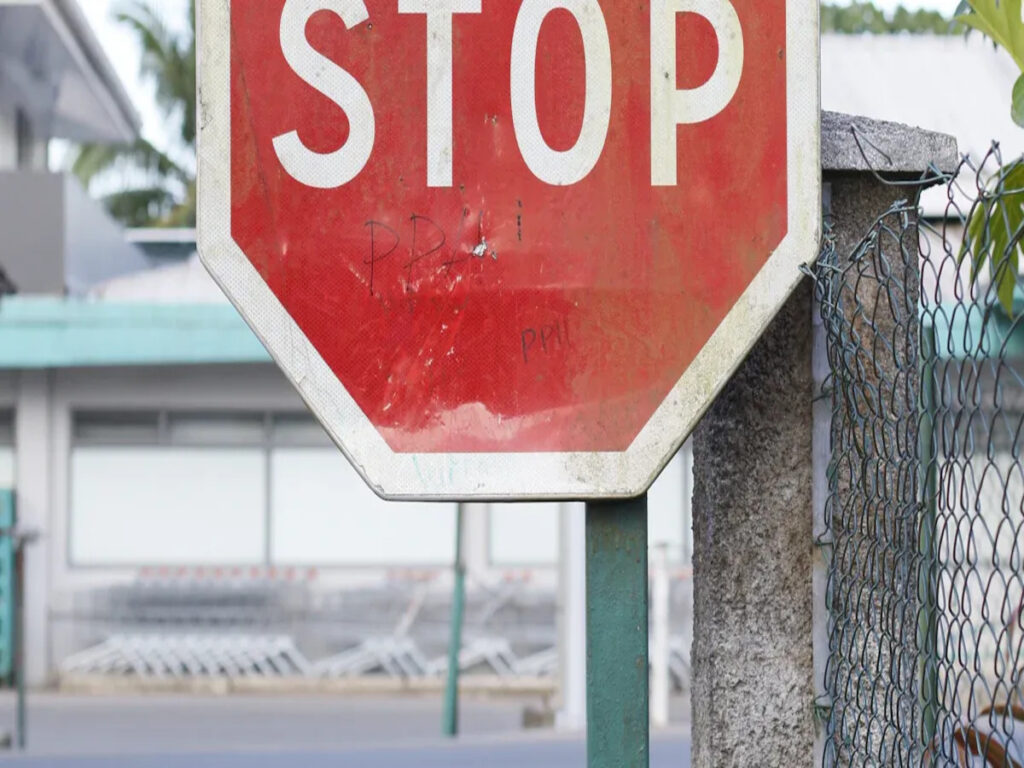
Traffic Delays and Frustration
If you drive in a place with lots of stop signs, you wait more at each intersection. Every time you stop, your trip takes longer. These small waits add up, especially when it is busy. Research shows extra stop signs in neighborhoods slow drivers down. The table below lists studies that looked at these delays and how they affect people living there.
| Study (Author, Year) | Study Focus | Context/Setting | Key Contribution |
|---|---|---|---|
| Byrd and Stafford (1984) | Analysis of delay and user costs at four-way stop intersections | Suburban residential intersections | Quantified delay and user costs caused by unwarranted stop signs |
| Richardson (1987) | Delay model for multi-way stop sign intersections | Multi-way stop intersections | Provided a model to estimate delay times at multi-way stops |
| Eck & Diega (1988) | Field evaluation comparing multi-way vs. four-way stop controls | Low volume residential intersections | Empirical data on delay differences between stop sign types |
| Briglin (1982) | Evaluation of four-way stop sign control | Residential/suburban areas | Discussed delay and compliance impacts of stop signs |
| Mounce (1981) | Driver compliance with stop sign control | Low volume intersections | Examined driver behavior affecting delay at stop signs |
| Halbert et al. (1993) | Implementation of residential traffic control program | City of San Diego residential areas | Provided data on traffic control effects including delay |
You might get annoyed if you have to stop at every block, even when no cars are coming. This can make some people drive in unsafe ways, like rolling through stop signs or speeding up after stopping. Some drivers try to skip these streets and use other roads, which can make quiet places busier and less safe.
Environmental Impact
Stopping and starting your car a lot does more than slow you down. It also hurts the environment. When you stop often, your car uses more gas. Each time you speed up from a stop, your engine works harder and burns more fuel. Studies show that stop-and-go driving makes cars use more gas and pollute more. For example, longer waits and more stops mean higher fuel use and more pollution, no matter how careful you drive.
Tests in cities show that things like too many stop signs, unsynced lights, and crosswalks make cars stop and start more. This makes cars use more gas and pollute more, especially when it is cold or traffic is slow. One study used GPS and models to show that more stops mean more pollution. Drivers who stop and go a lot make more noise and put more bad gases in the air.
Studies show that traffic jams from stopping too much can make pollution much worse. Carbon monoxide can go up four times, hydrocarbons three times, and nitrogen oxides twice as much as when traffic moves smoothly. These jumps happen because you spend more time driving and pollution spreads differently. Some experts use computers and real tests to show that smoother traffic helps cut fuel use and pollution. Too many stop signs can make the air dirtier and your neighborhood louder.
Neighborhood Effects
Having too many stop signs in your neighborhood causes more than just traffic and pollution problems. People may worry about safety, noise, and even higher living costs. Surveys say most people think stop signs help keep them safe. Only a few worry about paying more for new stop signs or sidewalks. The chart below shows how people feel about these changes compared to bigger things like new stores or condos.
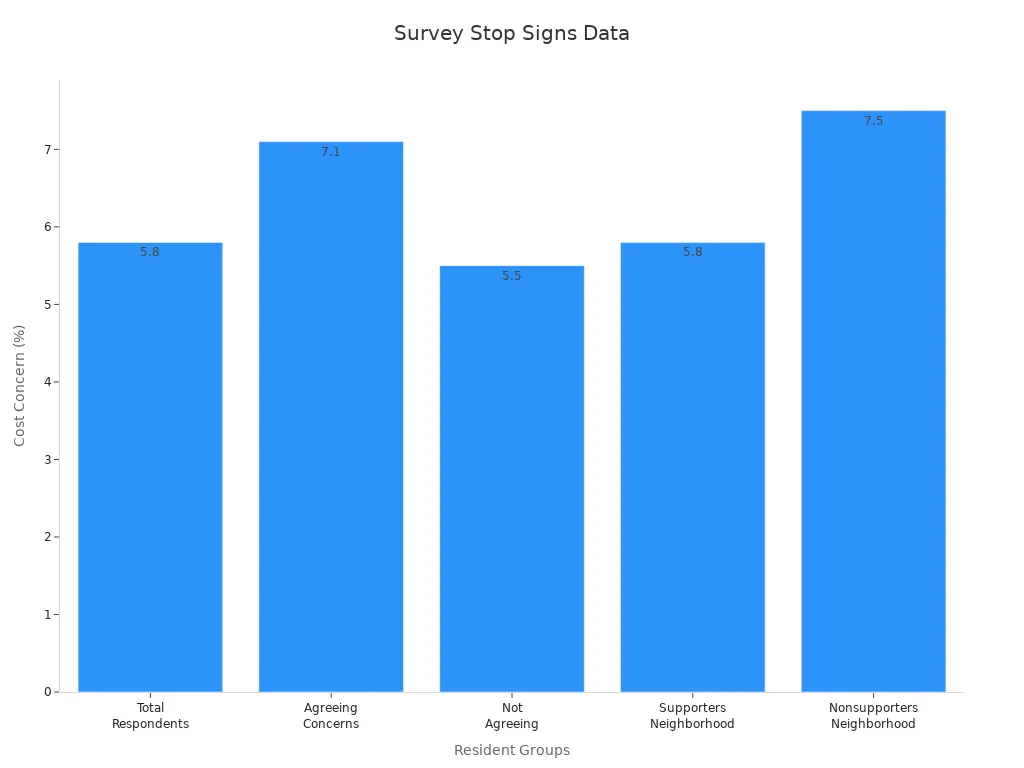
Most people like stop signs for safety, but too many can cause trouble. Drivers might ignore the signs, which puts walkers and bikers in danger. You could see more rear-end crashes when drivers stop suddenly at signs they did not expect. Too many signs can also make streets look messy, so it is harder to see important warnings. Some people may feel less safe if they see drivers ignoring stop signs or speeding up between them.
Tip: Using fewer stop signs in the right places keeps everyone safer and makes your neighborhood nicer.
Smarter Alternatives
Traffic Calming Solutions
You have many options to slow down traffic and keep your neighborhood safe without using too many stop signs. Traffic calming solutions change the road to make drivers pay more attention and drive slower. These changes help everyone—drivers, walkers, and bikers—feel safer.
- Lane narrowing makes roads feel tighter. When you drive on a narrow lane, you slow down naturally. Chicago used this method by shrinking lanes from 12 feet to 10 feet. This gave more space for sidewalks and bike lanes.
- Chicanes add curves to the road. You cannot drive fast through a winding street, so you slow down.
- Speed humps and cushions are bumps in the road. You must slow down to go over them. These work better than stop signs for keeping speeds low.
- Curb extensions and chokers make the road narrower at crossings. This helps people cross the street safely and makes drivers slow down.
- Roundabouts keep traffic moving but force you to slow down and look for others. They reduce crashes and keep traffic flowing better than stop signs.
Tip: Traffic cones and barriers can test these ideas before making them permanent. You can see what works best for your street.
A table below shows how these measures compare to stop signs:
| Traffic Calming Measure | How It Works Better Than Stop Signs |
|---|---|
| Lane Narrowings | Slows cars naturally, less intrusive |
| Chicanes | Forces slower speeds with curves |
| Speed Humps/Cushions | Physically slows cars, no need to stop completely |
| Roundabouts | Reduces crashes, keeps traffic moving |
Data-Driven Approaches
You can use data and new technology to make roads safer. Engineers now study how people see and understand signs. They use tools like driving simulators and eye tracking to learn what works best. For example, improved sign designs and in-vehicle audio warnings help drivers notice stop signs and follow the rules. These tools increase safety, especially when combined with other changes.
Machine learning can predict how well people understand signs based on age, background, and other factors. This helps cities place signs where they work best. While traditional stop sign placement still matters, adding data-driven tools can make roads even safer. You get better results when you mix smart design, technology, and community feedback.
Note: Using facts and feedback helps you choose the right solution for your street. You make your neighborhood safer for everyone.
You know that having too many traffic stop signs is not good. It can make cars move slower and cause more pollution. Roads can also become less safe. Research says using different ways to slow cars works better. These ways include changing the road, teaching people, and making sure rules are followed. If you help choose smart ideas using facts, your community will be safer and healthier. Before putting up new signs, think about a full plan to calm traffic. You should also ask experts for the best choices.
That’s why it’s important to explore all options before installing new signs. For a deeper understanding of how stop signs are used around the world—and when they work best—read our blog: Exploring the Different Types of Stop Signs: Understanding Global Variations and Their Role in Traffic Safety.
FAQ
What makes a stop sign effective?
A stop sign works best when you see it at a risky intersection. You must stop fully and look both ways. Clear signs and good placement help you notice them. You stay safer when you follow the rules.
Can too many stop signs make drivers ignore them?
Yes. When you see traffic stop signs too often, you may stop paying attention. Some drivers roll through or skip stops. This habit can make roads less safe for everyone.
Are there better ways to slow down traffic than stop signs?
Yes! You can use speed humps, curb extensions, or roundabouts. These tools slow cars without making you stop every time. They help keep traffic moving and make streets safer.
Do extra stop signs help pedestrians cross safely?
Extra stop signs do not always help. If drivers ignore them, walkers may feel less safe. You should use crosswalks, curb extensions, or signals for better safety.

